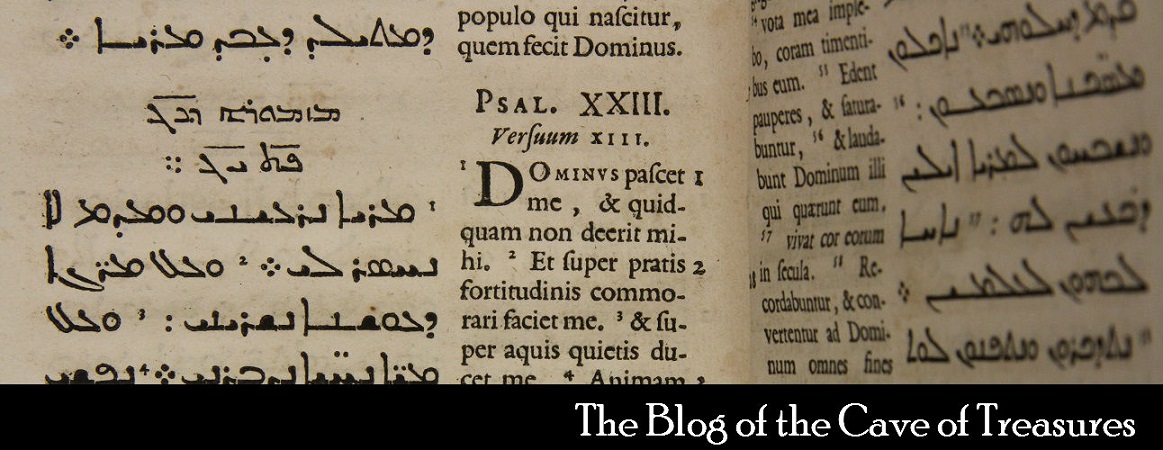A treatise claiming to have been written by the Apostles at the time of the Council of Jerusalem (Acts 15), but is really a composition of the third century. It was first published in 1854, in Syriac. The original was in Greek, and this can be to some extent restored by a comparison with the Apostolic Constitutions.
The contents are the same as those of the corresponding books of the Apostolic Constitutions. Especially noticeable is the treatment which bishops are ordered to give to penitents. The church officials are bishops, deacons, priests, widows (and orphans); deaconesses are also added, in one place rectors, and once subdeacons. These last may have been interpolated.
The place of composition was Syria, though what part cannot be determined. The author was apparently a canonical bishop. It never touches upon dogma but concerns itself entirely with practice. It has been called the earliest attempt at a corpus of canon law. - from the Catholic Encyclopedia Online (http://www.newadvent.org/cathen/04781b.htm)
According to Dr. Charlotte Fonrobert (Stanford University), the Syriac translation reveals a Jewish character and a diversity of Jewish heterodox practices consistent with the rabbinic tradition. Fonrobert suggests that "the Didascalia can be read as a counter-Mishnah for the disciples of Jesus."
In addition, the text supports the theory that even in the fourth century, rabbinic Judaism was still in the process of establishing itself as the representative form of Judaism. Simultaneously, the process of the separation between Judaism and Christianity still remained in flux. ("The Didascalia Apostolorum: A Mishnah for the Disciples of Jesus". Journal of Early Christian Studies, Volume 9, Number 4, Winter 2001, pp. 483-509).
A Syriac version in Estrangelo (from the (Gibson, 1903 English edition) can be downloaded from Archive.org here: http://www.archive.org/details/didascaliaapost00gibsgoog
Its English translation (Gibson, 1903) can be downloaded from Archive.org here: http://www.archive.org/details/didascaliaaposto00gibsuoft
Kevin Edgcombe's online English scanned from the Connolly translation (R. Hugh Connolly, Didascalia Apostolorum. Oxford: Clarendon Press, 1929.) Mr. Edgcombe has added notations to readily identify Scriptural and other citations. It can be read online here: http://www.bombaxo.com/didascalia.html
Side by side Greek and Latin text can be downloaded from Archive.org here: http://www.archive.org/details/didascaliaetcon00funkgoog


